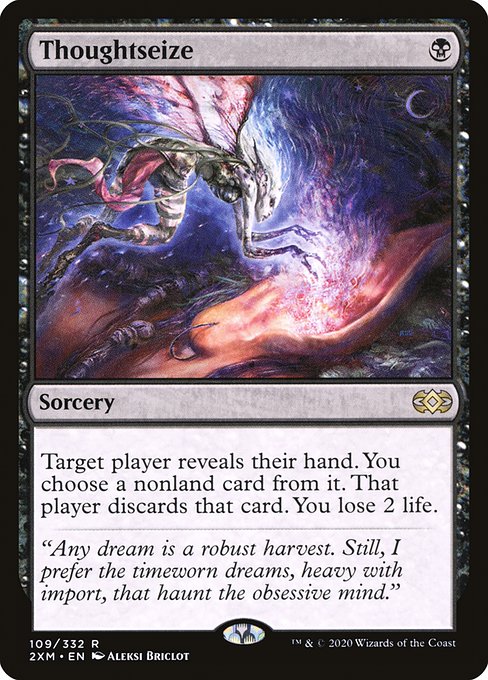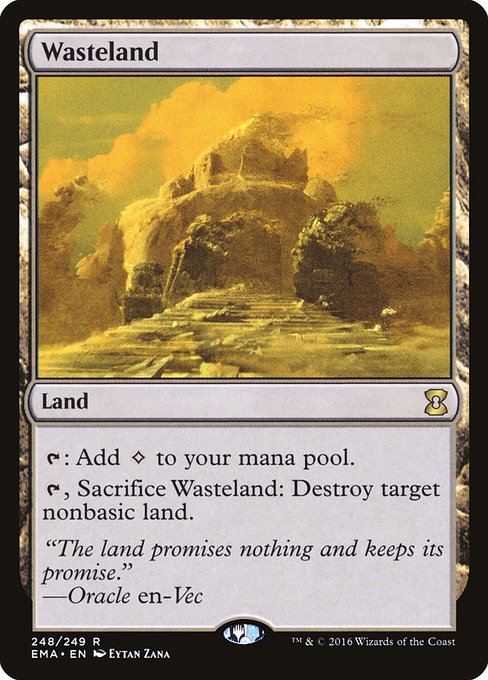The worst thing about Commander for me isn’t the singleton or banlist or whatever.
It isn’t the constant discourse about random crap people will forget about in 2 days.
No no.
It’s going last in a pod.
It’s tough to get through a game when everyone else is ahead by a turn or three, especially when Sol Ring is involved anywhere. One of the good things about Sol Ring is if you have one and your turn is late, you can catch up emphatically. It’s why I’m a big advocate of not banning it. The people who are going first and have it are ahead anyways, and it’s so unlikely you’ll be able to catch up, barring some really strong interaction or win condition on your end. But being behind with a Sol Ring often puts you ahead, and at worst, at parity.
Even still, we can find more ways to “catch up” to the other players when you’re going last.
Now, I want to preface this by saying I don’t think you need to fill your deck full of cards which are excellent when you’re behind. The opposite of win-more is lose-less, and while it isn’t talked about as often, it’s a thing. Building a deck that is good at not-losing might not be the best idea, but having cards which can function well when you’re behind can be worth it.
Here are a few ways to keep the train rolling:

Cheap Cantrips
Cards like Ponder Preordain and the like are useful for getting to your general purpose spells. They aren’t necessarily strong in their own right, but they can help with a timely, say, Vandalblast, on the first players’ Sol Ring, which could lead to a real game instead of a landslide. These cards are typically acceptable in longer games too, because their purpose is relatively the same throughout an entire game. Would highly recommend having a couple of these kinds of cards in general, but utilizing them to aggressively find ways to get yourself, or the table, back into a game, is great.

Discard Spells
Normally I’m not a big fan of discard spells, but like cheap cantrips, they can be a way to get right back into the game from turn one. That early ramp spell or mana rock isn’t as useful that early on if there’s no payoff on curve. Having nothing on curve with said ramp gives you and the other players much more opportunity to climb right back in. You don’t need a lot of them either, because, again, we aren’t trying to have a deck full of comebacks. Their value can drop off much harder later on, but their impact can be more pronounced early.

Land Destruction
Ah, I can see and hear it now; avid, hardcore fans of commander having a fit over land destruction. A 381-page thread on how people who play land destruction deserve to eat spinach for a month or something.
To be quite honest, I don’t think land destruction is as good as people think it is. Whether it’s fun or not is subjective, and I don’t deal in subjectivity. What I do think is that while it’s probably the worst of the three options here, it’s still worth considering if the opportunity cost is low. Something like a Tectonic Edge or a Wasteland is handy to have, but only if your deck can support it. I do think not enough people run actual utility lands in their 99s, but colorless is a real cost, and I would be more diligent in your consideration when playing these. That said, what better way to stuff your opponents’ plans than to keep them off their footing for at least a turn or four?
I’m a big advocate of having a plan for each card slot. That plan doesn’t have to play into your main game plan, but it should have a purpose. It’s okay for cards to be a bit weaker if they can fill multiple roles, and having cards fill the role of catching up a bit if you wind up going last is certainly worth considering!
Anthony Lowry (they/he) is a seasoned TCG, MMORPG, and FPS veteran. They are extensively knowledgeable on the intricacies of many competitive outlets, and are always looking for a new challenge in the gaming sphere.

